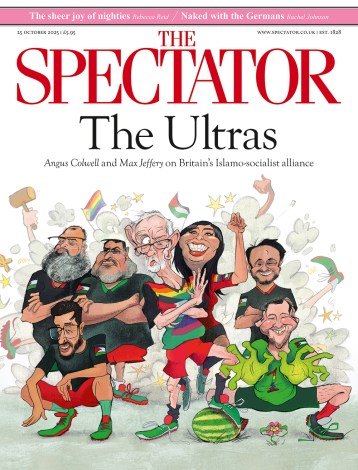‘Why is whilst only ever used in letters?’ asked my husband, casting aside an argumentative letter from his sister written in curly script and blue ballpoint. Why indeed?
It cannot be wrong to use whilst, any more than amongst or amidst. But it goes with a certain register of genteel speech that can merge into officialese or hypercorrectness.
Whilst, amongst and amidst started off by displaying what is called the adverbial genitive. English still shows the genitive through the suffix s (‘Dot’s charm’), and the apostrophe used with it is a mere spelling convention. In any case, s was added to words such as all way to indicate their function as adverbs: always. Similarly the adjective toward (meaning the opposite of untoward) became an adverb as towards.
A parallel process applied to one, two and three, which developed adverbial forms as once, twice and thrice. The spelling of once uses the form ce, whereas the plural of one (ones) uses s. This is a glint of regularity in the fog of spelling that benights foreigners, because the sound of ce in once is different from the buzzier voiced s of ones. The same spelling convention applies in the plural of mouse as mice (earlier spelt mys), in pence compared with the word pens, fence rather than fens and hence rather than hens.
So while, a noun meaning ‘portion of time’, functioned as an adverb with the acquisition of s, meaning ‘for the duration’. This was not a plural. In a satiric ode (‘To Obscurity’) published in 1760 by George Colman and Robert Lloyd, the authors describes a man riding: ‘His heel / Sparkles refulgent with elastick steel: / The whiles he wins his whiffling way.’ I would like to think that the annoying catchline of the Meerkats ‘Simples!’ is in reality an adverbial genitive, but I fear not.
The last stage in the production of whilst, amongst and amidst was the addition of the t. This is said to derive by association of word-forms, taking the st suffix like superlatives (biggest, fittest). It was irrational, but we’re stuck with it. Some set forms of words retain amongst (such as the Hail Mary’s ‘amongst women’). As it already has in America, whilst is dying out.




Comments